Introduction
It's incredible how the traits of an enduring open source organization culture mimic a real life—the things that are fundamentally important. These characteristics are especially valued by my peers at Axelerant, and by many others at distributed organizations around the globe.
"When you deliberately build an open, collaborative culture, where people are inspired by and are working towards some common goals, amazing things will happen."
– Suzi Edwards-Alexander, Global Head of Recruiting at ThoughtWorks
I’ve been contributing to open source software since the late 1990’s. First through code and now through photography. I've met along the way, incredible people and have made amazing friends.
And while individual bonds lasted, the groups we met through often didn’t. It’s been for the purpose of keeping the groups that I love the most about going that I’ve been interested in figuring out the glue to hold them together.
Over the years, out of many discussions with like-minded folks, analyzing surveys, researching other incredible organizations (like Helpshift, Lullabot, Thoughtworks, and Zapier), I’ve identified traits of lasting open source cultures.
But before we can keep an open source organization culture around, we’ve got to understand organizational culture.
What’s open source organization culture?
You start with organizational culture.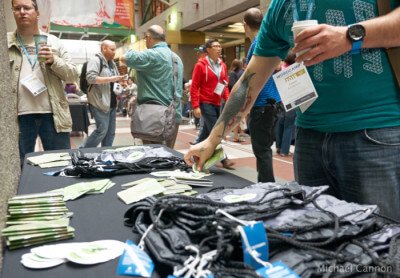
Organizational culture is directly based on the behavior of its members and the meaning that members attach to their actions and the actions of others. As one person does, their peers approve the action and accept the consequences one way or another.
As these members interact and move towards a shared vision, supporting traits like norms, working language, systems, symbols, beliefs, habits, etc. begin to arise. These behaviors over the long haul define how members act towards one another and form additional bonds between them.
Together, collective actions and assumptions ultimately form the organizational culture. Collectively this means that an organization’s way of perceiving, thinking, and feeling affects the way people and groups interact—with each other, with clients, and with stakeholders.
Add some Open Source.
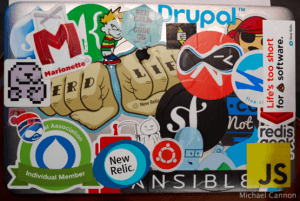 Open Source brings technology, typically software to the fore; software that’s freely and readily accessible to its users—to distribute, to modify, or to use. Frequently, changes to that technology can be merged into or even replace the original.
Open Source brings technology, typically software to the fore; software that’s freely and readily accessible to its users—to distribute, to modify, or to use. Frequently, changes to that technology can be merged into or even replace the original.
OSS offers the utopian ideal of giving what you can and taking only what’s needed.
Then combine those into an OS organization culture.
As organizations come together around open source projects or technologies, a new subculture comes alive: the open source organization culture. These groupings of like-minded individuals tend to be defined as communities all working towards a shared vision or goal, though sometimes at cross purposes.
Regardless, the organization members enjoy contributing and are passionate about what they do. Being part of an open source organization isn’t always about making money, but rather encouraging people to find meaning: to do something significant for others and themselves.
Key traits of a lasting open source organization culture?
1. Accountability
Accountability between members begins when they know each other as people and professionals. It’s especially important to have consistent written contact, ad hoc and scheduled video conferencing, and meeting in person at least once a year to build personal bonds.
Building trust between team members further happens when each person has something to show every work cycle. These actions demonstrate an attitude of getting things done and minimizes potential excuses for why not.
2. Automation
Automating tasks within an organizational culture is about respecting people’s effort while not wanting them to be distracted from getting the right thing done when needed. By getting away from the nitty-gritty details of things that need to be done like browser testing, code submissions, or evaluating job candidates; organizational members can put full concentration where it's needed most.
Organizational members focus ultimately should be on what’s important to them and, in turn, the organization.
To start automating, document common tasks into a process and then automate as much of the process as possible. Yes, it might cost money, but the time saved in the long haul often returns unexpected rewards
3. Collaboration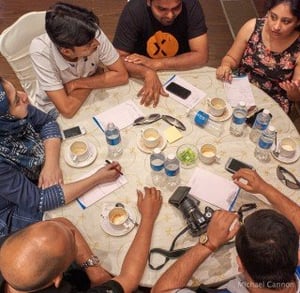
Collaboration for an open source organization culture stretches across multiple areas. Well into domains like organization goals, cultural fit, and more.
Team members who define together what a cultural fit is demonstrates what's important to the organization. Just as, a united group of passionate hackers and designers who take part in the joys of community sharing, they want to hire those having like interests and similar ideals.
By working together on an organizational goal, members with different points of view can ensure they’re solving a real problem, through a world-class experience.
4. Community Contributions
Open source communities reach around the world. Often people are members of multiple projects, involving a broad range of technologies. Frequently, member recognition isn’t set by how much they’re paid or what titles they’re called. It’s how much of a headache is solved or endured for others.
By contributing to open source communities and being surrounded by those who embrace similar ideals, organization members can gain public and private recognition. This recognition encourages them to keep giving more. Communities, in turn, produce more favorable results, which make the member’s job easier and even fun in the long term.
5. Consistency
The consistency of people, processes, and management thereof is the glue of an open source organization culture. Without consistency of action, principals and guidelines flounder despite best of intentions.
Consistent Processes
It's extremely hard work to develop fundamentals when shortcuts and hacks so often seem to provide great short-term benefits. However, consistency is the key to positive long-term results.
For example; there needs to be a detailed and consistent process in hiring for fit, not skills, and for the long-term. Beyond these two key criteria, the candidates should also be demonstrably capable, driven, and passionate for the role to be filled.
Once Axelerant stopped short cutting and stuck to a consistent hiring process, within 18 months we reduced annual turnover 20% and fulfill placement needs within an average of 35 days than 99.
Consistent Feedback
Consistent feedback to leaders and team members is one of the most important things for them to have a successful career. As a basis, each person needs to treat peers fairly and provide frequent simple, yet meaningful feedback.
Managers are becoming leaders that collaborate expectations with team members. With the good being publicly shared and the ugly remaining private. Instead of focusing on time spent; critique the results, mentor, and arrange training to improve knowledge.
6. Passion
While the word passion itself is losing its value to terms like drive, engagement, or energy; passion is still my preferred choice. There’s something about it that just makes me smile, want to be involved, and learn more.
In fact, passion is often used to describe those with a smile in their voice. The ones doing what they believe in. When you have a group of passionate people around, inspiration can be found within and is shared many times over.
"When you join a company, the talk of passion is usually in relation to the job that you are hired to do and not at a personal level. But a passionate person need not have passion only in one thing. At Axelerant, we make sure people are given the space to follow their passion even if it is something unrelated to the company. This is something we have tried communicating in that Delhi Drupalcamp standee as well.
I think when people are allowed to be passionate about different things, they feel more fulfilled and happy with their jobs and thus are motivated to give back more in return in terms of productivity and loyalty."
– Rohan Desai, Comedian Designer
7. Shared Responsibility
At an organization, culture becomes the way you work. Through culture, there’s a shared responsibility for good communication and positive results. In communicating with clients and one another, it needs to be timely, considerate, and accurate.
The work itself shouldn’t be about how much was done or how long it took, but how well. This result is the real measure of shared responsibility, even if it's not a positive outcome.
As organizational needs dictate operational requirements, shared responsibility can help carry the burden of hard decisions like balancing growing fast versus supporting current customers, letting go of members that don’t fit, avoiding office politics through transparency, and providing ongoing continuous feedback.
By sharing the responsibility of outcomes for good and ugly decisions, no organization member is ostracized. Also, when a similar needed resolution to be made comes around, there’s a group of lessons learned to pull from for an improved outcome.
What’s the bottom line when it comes to open source organization culture?
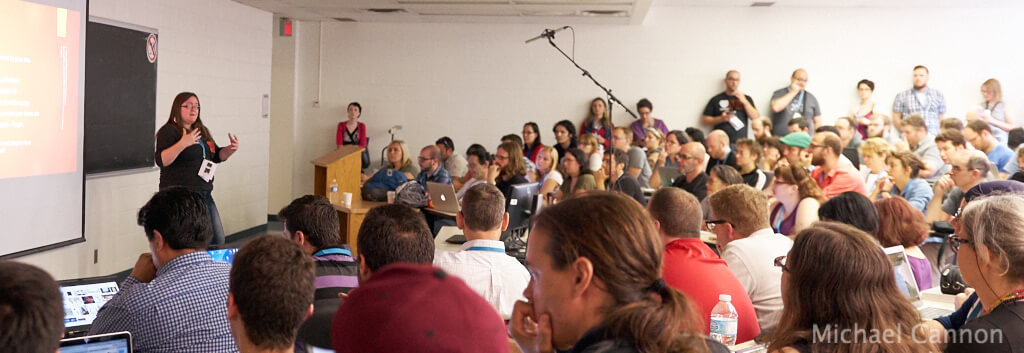
Since first publicly speaking about these cultural traits a couple of years back during a Drupalcamp Karachi keynote, it’s only recently that I realized that a lasting open source organization culture boils down to maturity and common sense.
It isn’t only about just them; it’s about how each trait of accountability, automation, collaboration, community contributions, consistency, passion, and shared responsibility benefit, encourage, and support each other. Just like everyday life.

Michael Cannon, Director of Intelligent Automation
Living remotely in Taiwan with 4 incredible sons, 3 playful cats, and one fiery partner. As Director of Intelligent Automation @Axelerant, they are dedicated to building trust in Axelerant as your go-to agency partner through their journey in #Automation, #Empowerment, and #Productivity.
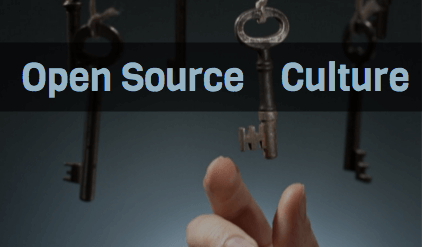
 We respect your privacy. Your information is safe.
We respect your privacy. Your information is safe.



Leave us a comment